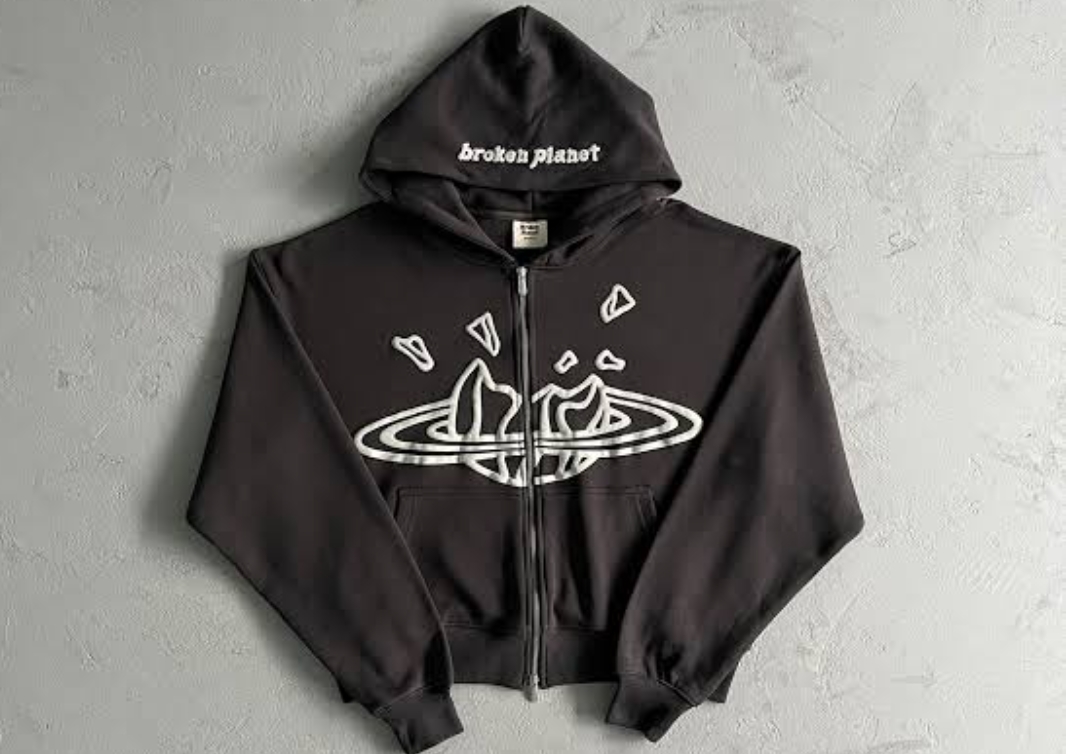Revamping Your Ride: How Color Choices Reflect Personality and Style

Table of Contents:
- Introduction to Car Colors
- Psychological Impact of Color Choices
- Popular Car Colors and Their Meanings
- Tips for Selecting the Right Car Color
- Color Trends in the Automotive Industry
- Maintaining Your Vehicle’s Color
- Summary: Reflecting Your Identity Through Car Color
Introduction to Car Colors
Choosing the right color for your car goes beyond selecting a shade that pleases the eye. It extends into personal expression, becoming a mobile manifestation of your identity. The colors you choose don’t just communicate personal taste—they serve a functional purpose, affecting the vehicle’s visibility and sometimes even its practicality in different climates. This decision connects deeply with one’s identity and the lifestyle one wishes to portray on the road.
Surprisingly, the vivid tones gracing our highways and byways tell stories drivers often overlook. While many consider the exterior pure aesthetics, the implications of your car’s hue could include how easily it can be maintained or how it stands out—or doesn’t—in certain environments. It’s not merely about standing out among traffic; it’s about finding an extension of self that comfortably fits your daily life.
Psychological Impact of Color Choices
Color has the extraordinary ability to influence perception and emotions fundamentally. The choice of color in cars is no different. For instance, the fiery vibrancy of a red car often suggests boldness and passion, drawing attention both on a personal and a social level. According to research, colors profoundly affect human behavior and mood, with each hue communicating its unique psychological message.
Consider a blue vehicle’s serene and trustworthy signal, often associated with calm and stability—even neutral tones like silver and gray project ambition, futurism, and elegance. Car buyers often make these color choices based on preferences and as cues to what attitudes and ideas they wish to project to the world.
Popular Car Colors and Their Meanings
A car’s color can convey various meanings, from sophistication to playfulness. With its classic appeal, Black is often the top pick among consumers seeking elegance and formality. Meanwhile, metallic and pearly whites suggest simplicity and modernity, favored in sun-drenched areas for their reflective prowess—silver, a color of high-tech allure, appeals to those wishing to embody an innovative spirit.
In vibrant hues, red symbolizes power and speed, while blue embodies trust and dependability. Green might be less favored but carries tones of creativity and a hint of eco-consciousness, often appealing to those who love nature. These choices reflect personal identity and societal trends that evaluate certain characteristics over others.
Tips for Selecting the Right Car Color
Selecting the right car color involves considering practicality alongside personal preference. If you live in areas prone to dirt or frequent rainfall, opting for colors like grey or brown might be wise, as they help hide grime and dirt more effectively than lighter shades. For those residing in urban stretches, choosing a unique color could aid in identifying the car in crowded parking lots, adding a layer of convenience to daily life.
Additionally, color choice can also depend on environmental factors. Darker colors, though stylish, may absorb more heat and thus are less ideal in hot climates. Understanding these nuances can influence decision-making and lead to greater satisfaction with your vehicle over time.
Color Trends in the Automotive Industry
The automotive industry is no stranger to trends, often reflecting broader societal shifts. Today, there’s a noticeable rise in demand for matte finishes alongside exotic colors like deep purples and metallic greens, which cater to drivers looking for something distinct.
This evolution in color preference is fed by innovations in paint technology, allowing manufacturers to cater to a diverse array of styles, from the subtle to the striking. Industries are responding to consumer tastes that increasingly favor individuality over ubiquity.
In addition to bold hues, color-shifting paints that change depending on lighting and angle are becoming more popular among enthusiasts. Neutral tones like sleek grays and soft pastels are also gaining traction, offering a modern yet understated appeal. Automakers are experimenting with sustainable, eco-friendly paint options that reduce environmental impact without compromising aesthetics. Limited-edition color releases by luxury brands create exclusivity, driving demand among collectors and high-end buyers. As self-expression continues to be a driving force in car customization, the spectrum of available colors is expected to expand even further in the coming years.
Maintaining Your Vehicle’s Color
Maintaining that fresh-off-the-lot shine necessitates effort yet ensures your vehicle remains an attractive centerpiece of your style. Regular washing and professional polishing can prevent color fading from unrelenting UV exposure. High-quality car waxes and sealants offer protective barriers against environmental pollutants such as bird droppings, acid rain, and road grime, extending the lustrous appeal of your car’s finish.
Protective films offer additional defense against road debris and weather-induced damage for those in harsher climates. Investing in these maintenances prolongs your car’s vibrant appearance and ensures that your choice remains a staple of your identity.
Summary: Reflecting Your Identity Through Car Color
Choosing a car color is a personal journey of balancing expression with practicality. Whether silver’s understated elegance or red’s energetic promise, each hue narrates a unique story. Car colors form an integral part of one’s identity as much as any high-tech gadget or designer wardrobe.
As you drive through life’s highways and byways, let your car be more than a means to an end—reflect your most accurate colors.





